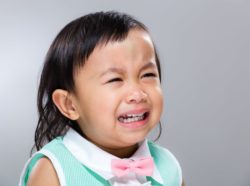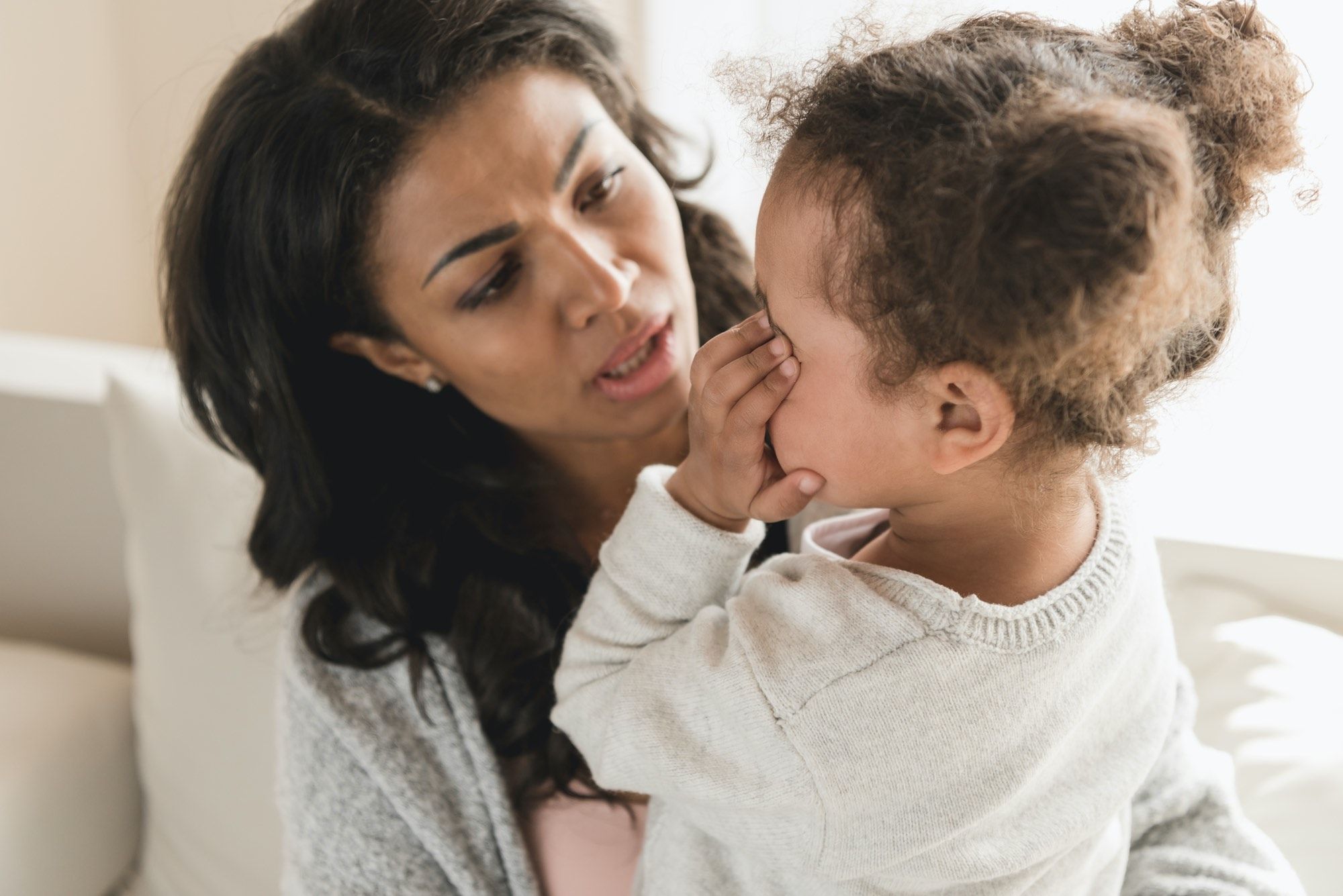Top Class Actions’s website and social media posts use affiliate links. If you make a purchase using such links, we may receive a commission, but it will not result in any additional charges to you. Please review our Affiliate Link Disclosure for more information.
No parent wants to think their child could suffer abuse in daycare, but bad actors do sometimes make their way into the realm of childcare. Abusers use threats, intimidation, shaming, blaming, and other psychological manipulation to keep young children from telling even their own parents about the abuse.
What Are the Warning Signs of Daycare Abuse?
Family Education emphasizes the importance of listening to and observing your children for changes in their behavior. Additionally, the site states that parents and guardians should trust children if they express discomfort, and take their feelings seriously. This applies to both verbal and nonverbal children. Children have a range of ways of expressing discomfort.
Neglect, sexual abuse, physical abuse, and emotional abuse are common forms of daycare abuse against young children. A parent may notice the a number of warning signs that indicate abuse in daycare.
Behavioral changes or extreme mood swings may include sudden shyness or depression. A child who inexplicably becomes withdrawn or expresses fear of punishment over negligible misbehavior may be feeling guilt, anxiety, or shame from being the victim of abuse.
Small children don’t have the vocabulary to express what they are feeling upon being abused, so they often retreat, becoming noticeably nonverbal. Some children react in the opposite way when they are ashamed, though. If a child suddenly becomes aggressive and starts bullying others or physically assaulting others by biting, kicking or punching, these actions may indicate a child has been a victim of abuse.
Some children who are suffering from abuse will revert to infantile behavior or become clingy, start to wet the bed, express fear of going to bed, experience nightmares, or exhibit other types of sleep disturbances.
In some cases, small children who have been sexually abused will exhibit inappropriate sexual behavior themselves. In such instances, the child may be too young to understand that their forceful actions are even sexual at all or that they are harmful. According to StopItNow.org, more than a third of predators who sexually abuse children are also under the age of 18.
How Can Abuse in Daycare Be Prevented?
In order to ensure your child’s safety at daycare, you can take several preventative measures.

“If anyone does not respect these rights, an adult should clearly tell them the family rules,” says StopItNow.
Children become empowered when they are able to say “no” to any touching they are not comfortable in receiving. Hugs, tickles, kisses or playing that involves touching may not be welcome, even if from a relative. If a child doesn’t want to hug Aunt Millie, the child should be allowed to shake hands instead. An adult can explain to Aunt Millie that allowing the child to set their own boundaries is important for the child’s own safety.
StopItNow encourages parents to explain the difference between a secret and a surprise. Secrets can place children in dangerous circumstances with someone who knows shared information and could lead to others becoming angry or upset. Surprises are happy events that create a feeling of excitement, not dread or fear.
The organization also encourages teaching children the true names of their private body parts. Just as an ear is an ear, the genitals have their own names and should be used. Children can better communicate with the proper words.
Before placing a child in a daycare setting, evaluate the place, the staff, and the ratios of child-to-staff, recommends familyeducation.com. The American Public Health Association and the American Academy of Pediatrics suggest guidelines for the number of caregivers per number of children. For birth to 12 months, they recommend a child-to-staff ratio of 3:1 with a maximum group size of six; in the 6-8-year-old category, they recommend 12:1 with a maximum group size of 24.
If you make a couple of surprise visits at different times of the day, you can see how well safety measures are followed when you enter the facility. You’ll also get a glimpse of who is supervising the children and how well they are being supervised during classes, meals, and recess.
Many daycare settings have a Two Adult Rule, which means no adult is allowed to have one-on-one contact with a child. Any meetings with children should be held so that other adults can hear and see the interaction.
Family Education advises parents and guardians never to place a child in a day care that does not have an open door policy for guardians. The site stresses the importance of transparency in every step of the process. This means that not only should the organization maintain an open door policy, but they should also not have areas of the organization that parents cannot access, if the children themselves access them.
As you are considering a child care center, or a private school, you may want to run background checks on the organization’s owners, leaders, staff, and volunteers, if applicable. When speaking to staff members about the facility, you can also inquire about how staff members choose or evaluate staff members. You can ask if the organization itself conducts background checks, and can ask if the organization has other methods of screening adults.
Family Education goes on to explain that in some facilities, this information may be harder to obtain than in the case of others. Reportedly, if the day care is a family day care, they may be less likely to have this information. This kind of facility may also pose an additional risk, because your child may come in contact with family members of the owners of the facility, individuals who do not necessarily work for the day care and have not been reviewed.
Despite these notes of caution, happily, studies show that most day care facilities are fairly safe when it comes to sexual or physical abuse, and that abuse in daycare is fairly rare.
Why Does Abuse in Daycare Occur?
Approximately 8.2 million kids in the U.S. spend part of their time being cared for by someone other than their parents. Many of these kids are little. Around 40 percent of children under the age of five spend time with babysitters or daycare providers. Unfortunately, although so many children are in daycare, a lack of regulation regarding the U.S. daycare system often results in a substandard level of care for these kids.
According to a 2007 study from the National Institute of Child Health Development, only 10 percent of U.S. daycare centers were found to provide high-quality care. Most daycare facilities included in the study were determined to be either “fair,” or “poor.”
One reason for the low quality of care may be the low pay available to daycare workers, who made an average annual salary of $19,430 in 2011.
In addition to the low pay offered to many daycare and childcare workers, these workers are often not required to undergo training in safety, health, or child development. Even those who do undergo training may only be required to complete as little as 15 hours in order to become certified as a daycare provider.
Moreover, although federal laws require people who work with children to undergo background checks, many states are lax about enforcing or following up on background and criminal history checks for childcare workers. This lack of accountability may potentially allow predatory or dangerous individuals to slip through the cracks.
How to Take Action Against Abuse in Daycare
Any physical or sexual abuse in daycare centers should be reported to the company’s administrators and to local law enforcement, where police can file criminal charges when warranted.
A parent or guardian of a child who has been the victim of daycare abuse may also be eligible to take legal action in the form of a civil lawsuit or class action lawsuit against the daycare’s administrators.
Join a Free School Sexual Abuse Lawsuit Investigation
If you or someone you love was the victim of sexual abuse in a school or academic setting, you may be able to participate in a school sexual abuse lawsuit investigation. Fill out the form on this page for more information.
This article is not legal advice. It is presented
for informational purposes only.
ATTORNEY ADVERTISING
Top Class Actions is a Proud Member of the American Bar Association
LEGAL INFORMATION IS NOT LEGAL ADVICE
Top Class Actions Legal Statement
©2008 – 2024 Top Class Actions® LLC
Various Trademarks held by their respective owners
This website is not intended for viewing or usage by European Union citizens.
Get Help – It’s Free
Join a Free School Sexual Abuse Lawsuit Investigation
If you qualify, an attorney will contact you to discuss the details of your potential case at no charge to you.
PLEASE NOTE: If you want to participate in this investigation, it is imperative that you reply to the law firm if they call or email you. Failing to do so may result in you not getting signed up as a client or getting you dropped as a client.
E-mail any problems with this form to:
Questions@TopClassActions.com.
Oops! We could not locate your form.













